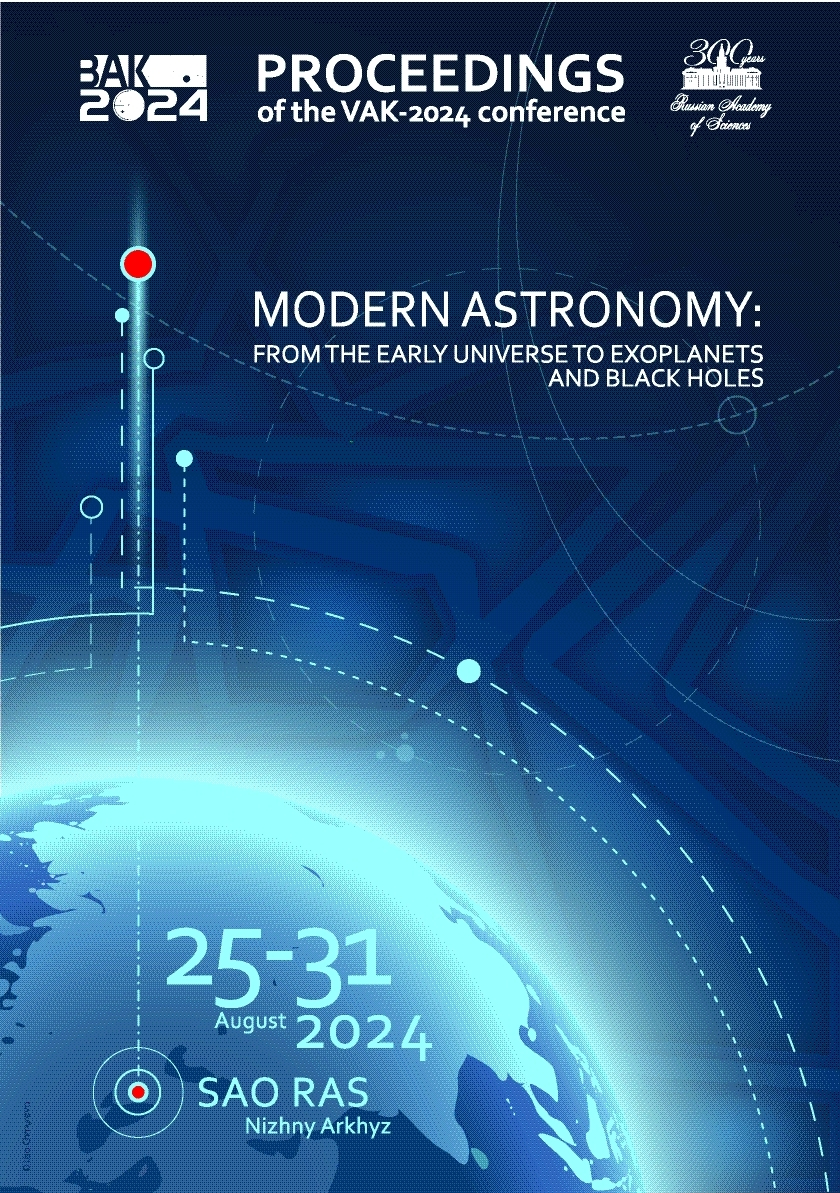УДК 523.9-327 Вращение Солнца
УДК 52 Астрономия. Геодезия
УДК 53 Физика
УДК 520 Инструменты, приборы и методы астрономических наблюдений, измерений и анализа
УДК 521 Теоретическая астрономия. Небесная механика. Фундаментальная астрономия. Теория динамической и позиционной астрономии
УДК 523 Солнечная система
УДК 524 Звезды и звездные системы. Вселенная Солнце и Солнечная система
УДК 52-1 Метод изучения
УДК 52-6 Излучение и связанные с ним процессы
ГРНТИ 41.00 АСТРОНОМИЯ
ГРНТИ 29.35 Радиофизика. Физические основы электроники
ГРНТИ 29.31 Оптика
ГРНТИ 29.33 Лазерная физика
ГРНТИ 29.27 Физика плазмы
ГРНТИ 29.05 Физика элементарных частиц. Теория полей. Физика высоких энергий
ОКСО 03.06.01 Физика и астрономия
ОКСО 03.05.01 Астрономия
ОКСО 03.04.03 Радиофизика
ББК 2 ЕСТЕСТВЕННЫЕ НАУКИ
ББК 223 Физика
ТБК 614 Астрономия
ТБК 6135 Оптика
BISAC SCI004000 Astronomy
BISAC SCI005000 Physics / Astrophysics
The data of the mean magnetic field (MMF) of the Sun from the Wilcox Solar Observatory from 1975 to 2023 (49 years, number of daily measurements N=14516) were analyzed to identify the main periodicities over short time intervals. The wavelet-spectrum of these data shows that the MMF has significant rotational harmonics from the first to the third, although sometimes there are higher orders up to the sixth harmonic inclusively. Each of these harmonics corresponds to its own multiplet of the magnetic field (dipole, quadrupole and higher components). Rotation harmonics were identified in the original data series and an approximated time series was built from them. In this case, wavelet-spectrum data and refined parameters of sinusoids obtained using the least squares method were used. The constructed approximated data series contains more than 90 % of the power of the original series. The main components of the Sun's rotation change their amplitude, frequency and phase over time. Changes in the amplitude of oscillations occur depending on solar activity-they are usually maximal in the second half of the cycle. Rotational frequencies change over time, but do not show dependence on solar activity. The maximal amplitude of rotation component most often has a frequency of the main period of about $P\approx27$ day (55.4 % in time), as well as its half value $P/2\approx 13.5$ day (38.2 %); the share of periods $P/3\approx 9$ day is 6.1 %, the rest — no more than 0.3 %. This means that the Sun predominantly appears as a magnetic horizontal dipole ($\approx$55 % of the time), but the quadrupole component is also very significant and occupies 38 % of the time. In general, different multipoles are almost always present on the Sun, but the predominance of one or another component of the multipole does not reveal any patterns and is practically independent on solar activity.
Sun: magnetic fields, rotation
1. Chaplin W.J., Dumbill A.M., Elsworth Y., et al., 2003, Monthly Notices of the Royal Astronomical Society, 343, 3, p. 813
2. Haneychuk V.I., 1999, Astronomy Reports, 43, 5, p. 330
3. Haneychuk V.I., Kotov V.A., Tsap T.T., 2003, Astronomy & Astrophysics, 403, p. 1115
4. Haneychuk V.I. and Kotov V.A., 2021, Open Astronomy, 30, 1, p. 176
5. Kotov V.A., 2020, Acta Astrophysica Taurica, 1, 2, p. 6
6. Rivin Y.R. and Obridko V.N., 1992, Soviet Astronomy, 36, 5, p. 557
7. Severny A.B., 1969, Nature, 224, 5214, p. 53
8. Scherrer P.H., Wilcox J.M., Svalgaard L., et al., 1977, Solar Physics, 54, 2, p. 353





